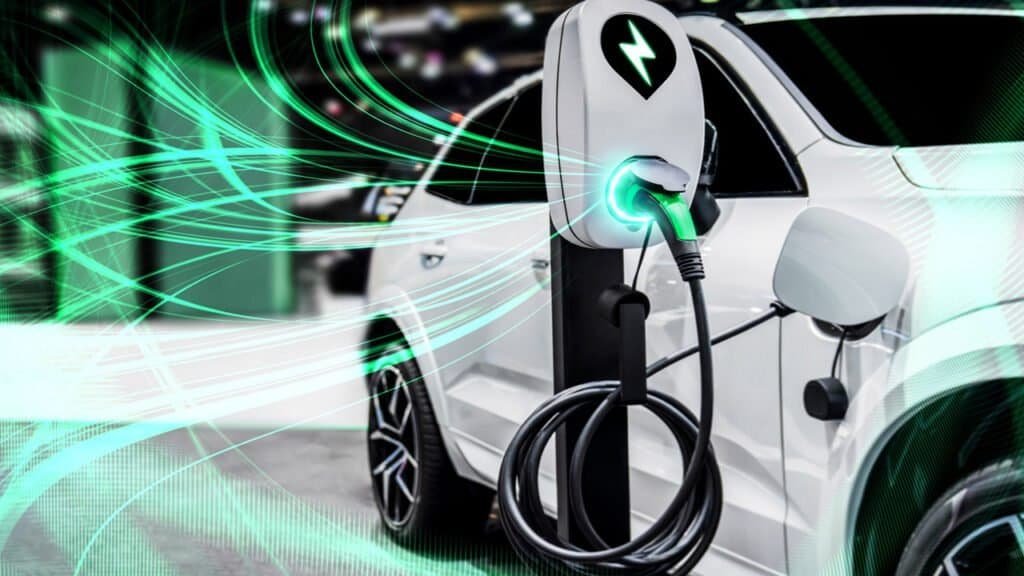The Electric Mobility Promotion Scheme (EMPS) 2024 was unveiled by the Indian government on March 13th to encourage the sales of electric two-wheelers (e2W) and three-wheelers (e3W) throughout the nation. The initiative received a budget of Rs 5 billion (bn). The FAME-2 programme, which runs out on March 31, 2024, will be replaced by the EMPS.
It will run from April to July 2024 for a period of four months. Then, it might be replaced by a new plan, or it might be expanded.

What is the purpose of the EMPS?
Promoting e2W and e3W is the primary concept driving this new program. Gradually weaning the industry off such subsidies is a secondary idea. The maximum subsidy threshold for e2W has been cut by the government from Rs 22,500 to Rs 10,000 per vehicle, and for e3W from Rs 111,505 to Rs 50,000. Rs 5,000 per kilowatt-hour (kWh) would be given as an incentive to both types of vehicles. Even though the government is providing incentives for the e2W and e3W categories, the new plan will not provide any incentives of this kind for e4W and e-buses.
Several e4W participants, notably the market leader Tata Motors, have appealed this decision, arguing that FAME-II should be extended for the category by an additional three years.
Government representatives explained that the existence of current programs like Auto PLI and e-buses is the reason e4W and e-buses categories are not included in the upcoming scheme. According to government data, around 2,78,000 pure EVs were supported under FAME I, with a total of Rs 343 crore in demand incentives. With an initial investment of Rs 10,000 crore for a three-year duration, FAME II was launched in April 2019 and subsequently extended until March 2024.
Despite the reduction of subsidies and changes in regulations, sales of electric vehicles (EVs) have increased significantly this year by more than 45% thus far. In comparison to the little over 1 million EV registrations from the previous year, the total for 2023 is just shy of 1.5 million.
Due to all of this, the nation’s total EV penetration has surpassed 5%, standing at 6.3% as opposed to 4.8% in 2022.